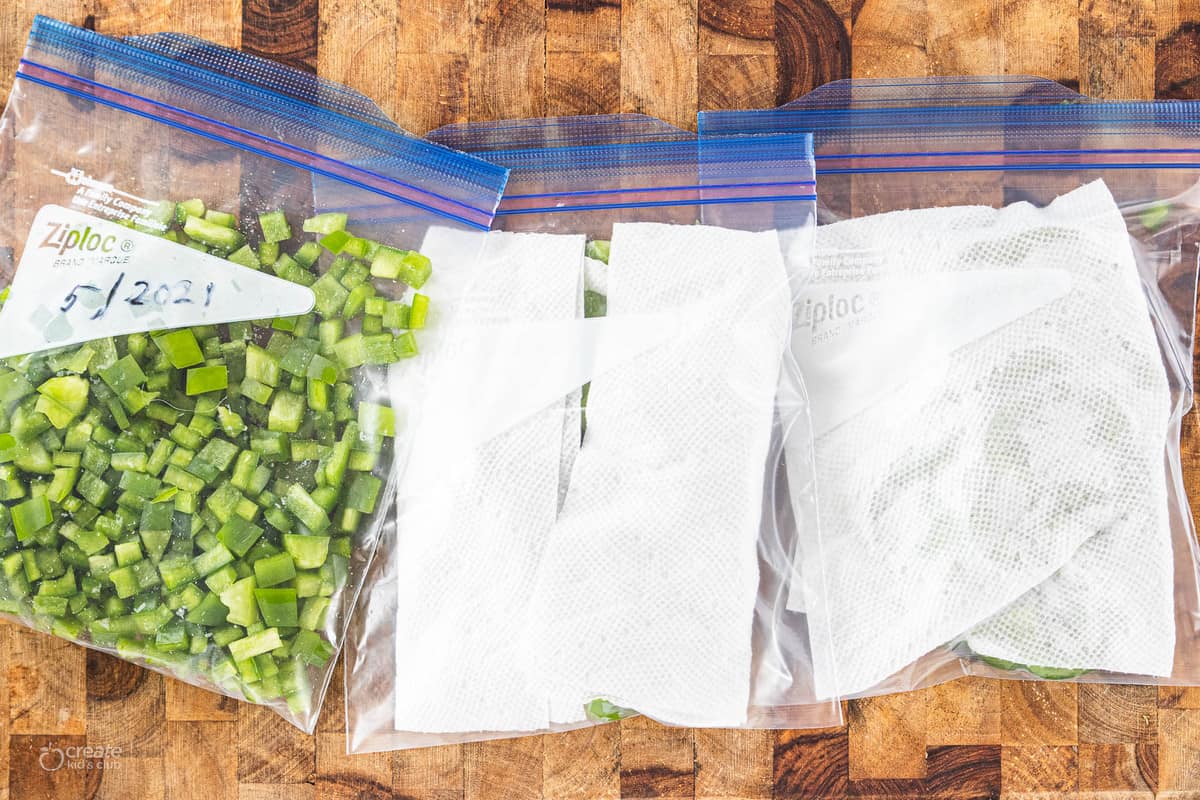

Articles
How To Store Cut Bell Peppers
Modified: February 23, 2024
Learn the best techniques for storing cut bell peppers in this informative article. Keep your peppers fresh and crispy for longer with these helpful tips.
(Many of the links in this article redirect to a specific reviewed product. Your purchase of these products through affiliate links helps to generate commission for Storables.com, at no extra cost. Learn more)
Introduction
When it comes to cooking, bell peppers are a versatile and flavorful ingredient that can elevate any dish. Whether you’re making a stir-fry, salad, or even stuffing them, the vibrant colors and crunchy texture of bell peppers are a delight to the senses. However, if you find yourself with leftover cut bell peppers, you may be wondering how best to store them to maintain their freshness and flavor.
In this article, we will explore the various methods for storing cut bell peppers and discuss the best practices to ensure their longevity. Whether you plan to refrigerate, freeze, or can your leftover bell peppers, we’ve got you covered with expert tips and advice.
So why wait? Let’s dive into the world of storing cut bell peppers and discover the perfect solution for keeping them fresh for future culinary adventures!
Key Takeaways:
- Store cut bell peppers to reduce food waste, save time in meal prep, and enjoy seasonal abundance. Follow best practices for freshness and explore refrigerating, freezing, or canning options for long-term use.
- Maintain the flavor and crispness of cut bell peppers by storing at the right temperature, handling with care, and avoiding exposure to air. Rotate stock, label containers, and inspect for spoilage to ensure optimal freshness.
Read more: How To Store A Cut Bell Pepper
Why Store Cut Bell Peppers?
There are several reasons why you may want to store cut bell peppers instead of using them all at once. First and foremost, bell peppers are a perishable vegetable, and their freshness can deteriorate quickly if not stored properly. By storing cut bell peppers, you can extend their shelf life and reduce food waste.
Another reason to store cut bell peppers is convenience. By having pre-cut peppers readily available, you can save time in meal preparation. Instead of spending precious minutes chopping bell peppers every time you cook, you can simply reach into your refrigerator or freezer and grab the amount you need.
Additionally, storing cut bell peppers allows you to take advantage of seasonal abundance. During the peak harvest season, bell peppers are often more affordable and flavorful. By purchasing a large quantity and storing them properly, you can enjoy the taste of freshly harvested peppers throughout the year.
Furthermore, if you enjoy batch cooking or meal prepping, having cut bell peppers on hand can be a game-changer. Whether you’re planning to make a week’s worth of stir-fries or preparing ingredients for a big family gathering, having pre-cut peppers can simplify the process and make meal preparation a breeze.
Lastly, by storing cut bell peppers, you can explore a wider range of recipes. Sometimes a recipe may call for a small amount of bell peppers, and it wouldn’t make sense to use a whole pepper for that. By having a stash of cut peppers, you can easily add them to sauces, soups, or even omelets without worrying about wasting the rest of the pepper.
Now that we understand the benefits of storing cut bell peppers, let’s delve into the best practices for keeping them fresh and flavorful for as long as possible!
Best Practices for Storing Cut Bell Peppers
When it comes to storing cut bell peppers, there are a few key practices to keep in mind to maintain their freshness and flavor. Follow these guidelines to ensure that your peppers stay delicious and ready to use:
- Choose fresh bell peppers: The first step in storing cut bell peppers is selecting ones that are firm, crisp, and have vibrant colors. Avoid peppers with soft spots or blemishes, as they are more likely to spoil quickly.
- Wash and dry thoroughly: Before cutting the bell peppers, make sure to give them a good wash under cold running water. Pat them dry using a clean kitchen towel or paper towels to remove any excess moisture, as this can lead to spoilage.
- Use sharp knives: When cutting bell peppers, it’s important to use sharp knives to avoid crushing or bruising the flesh. A dull knife can cause unnecessary damage, which can accelerate spoilage.
- Remove seeds and membranes: After cutting the bell peppers, remove the seeds and membranes to prevent the growth of bacteria and the development of an off-flavor. Cut the peppers into desired shapes and sizes based on your specific needs.
- Store in airtight containers: Transfer the cut bell peppers into airtight containers, such as glass or plastic containers with tightly fitting lids. This will help to maintain their freshness and prevent them from absorbing odors from other foods in the refrigerator.
- Label and date: To avoid confusion and ensure that you use the oldest peppers first, it’s a good practice to label and date the containers. Use adhesive labels or a marker to clearly indicate the contents and the date of storage.
By following these best practices, you can maximize the shelf life of your cut bell peppers and enjoy their crispness and flavor in your favorite recipes. Now, let’s explore the different storage options available for cut bell peppers!
Option 1: Refrigerating Cut Bell Peppers
Refrigerating cut bell peppers is a popular and convenient option for storing them. Here’s how you can do it:
- Wrap in paper towels: Before placing the cut bell peppers in the refrigerator, wrap them loosely in paper towels. The paper towels will absorb any excess moisture, keeping the peppers crisp and preventing them from becoming soggy.
- Use airtight containers: Transfer the wrapped bell peppers into airtight containers or resealable plastic bags. This will help to maintain their freshness and protect them against exposure to air, which can cause the peppers to lose their crispness and flavor.
- Store in the refrigerator: Place the sealed containers or bags in the refrigerator, ideally in the crisper drawer or towards the back of the fridge where the temperature is cooler and more consistent.
- Check for freshness: Periodically check the bell peppers for any signs of spoilage, such as mold or a foul odor. If you notice any, discard the affected peppers immediately to prevent contamination.
- Use within a few days: Refrigerated cut bell peppers can typically stay fresh for up to 4-5 days. However, for the best taste and texture, it is recommended to use them within 2-3 days of refrigeration.
Refrigerating cut bell peppers is an excellent option for short-term storage. This method allows you to preserve the freshness and crispness of the peppers, making them readily available for your next culinary creation.
Now that we’ve covered refrigeration, let’s move on to another storage option: freezing cut bell peppers!
Store cut bell peppers in an airtight container or resealable bag in the refrigerator. Adding a paper towel to absorb excess moisture can help keep them fresh longer.
Option 2: Freezing Cut Bell Peppers
Freezing is a great option for long-term storage of cut bell peppers. It allows you to preserve their freshness and flavor for several months. Here’s how you can freeze cut bell peppers:
- Prepare the peppers: Start by washing the bell peppers under cold running water and patting them dry. Remove the seeds and membranes, and cut them into desired shapes or sizes.
- Blanching: Blanching the bell peppers before freezing helps to retain their texture and color. Bring a pot of water to a boil and prepare an ice bath. Carefully place the cut bell peppers into the boiling water for about 2-3 minutes, then quickly transfer them to the ice bath to cool and stop the cooking process.
- Drain and dry: After blanching, drain the bell peppers and pat them dry using a clean kitchen towel or paper towels. Removing excess moisture will prevent ice crystals from forming and degrading the quality of the peppers during freezing.
- Arrange on a baking sheet: Place the dried bell pepper pieces in a single layer on a baking sheet. This will prevent them from sticking together and allow for faster freezing.
- Flash freeze: Transfer the baking sheet with the bell peppers to the freezer and let them freeze for about 1-2 hours, or until they are completely frozen. This process, known as flash freezing, ensures that the peppers retain their individual shape and prevent them from clumping together.
- Transfer to freezer bags: Once the bell peppers are fully frozen, transfer them into freezer-safe bags or airtight containers. Squeeze out any excess air and seal the bags tightly. Don’t forget to label and date the bags for easy identification.
- Store in the freezer: Place the sealed bags or containers in the freezer, ideally in a dedicated space where they won’t get crushed or damaged. The frozen bell peppers can be stored for up to 10-12 months, although for the best quality, try to use them within 6-8 months.
Freezing cut bell peppers provides you with the flexibility to enjoy their taste and nutrition all year round. Whether you’re adding them to soups, stir-fries, or casseroles, having frozen bell peppers on hand will make meal preparation a breeze.
Now that you know how to freeze bell peppers, let’s explore one more storage option: canning!
Read more: How To Store Cut Up Bell Peppers
Option 3: Canning Cut Bell Peppers
Canning is a popular method for preserving cut bell peppers, allowing you to enjoy their vibrant flavors even when they are out of season. Here’s how you can can cut bell peppers:
- Prepare the peppers: Start by washing the bell peppers under cold running water and patting them dry. Remove the seeds and membranes, and cut them into desired shapes or sizes.
- Sterilize the jars: To ensure safe preservation, sterilize the canning jars and lids by boiling them in a large pot of water for a few minutes. Remove them from the boiling water using tongs and place them on a clean towel to dry.
- Pack the bell peppers: Fill the sterilized jars with the cut bell peppers, leaving about an inch of headspace at the top. You can add a pinch of salt or a small amount of citric acid to help preserve the color and flavor of the peppers.
- Prepare the brine: In a separate pot, prepare a brine mixture by combining water, vinegar, and salt. Bring the mixture to a boil, then pour it over the bell peppers in the jars, leaving about ½ inch of headspace.
- Remove air bubbles: Using a wooden or plastic utensil, gently remove any air bubbles trapped in the jars by sliding it along the sides. This will help ensure a proper seal and prevent spoilage.
- Seal the jars: Wipe the rims of the jars with a clean, damp cloth to remove any residue or brine. Place the lids on the jars and secure them tightly. Follow the specific instructions for your canning method to seal the jars properly.
- Process the jars: Carefully place the sealed jars in a canner or large pot filled with boiling water. Process the jars according to the recommended processing time for your altitude and the size of the jars.
- Cool and store: Once the jars have been processed, remove them from the canner and let them cool completely on a clean towel. Check that the lids are sealed properly by pressing the center of each lid. Store the jars in a cool, dark place for up to a year.
Canning cut bell peppers allows you to savor their delicious flavor and vibrant colors long after the peak harvest season is over. Whether you’re adding them to sandwiches, pizzas, or antipasti platters, canned bell peppers will add a delightful touch to your meals.
Now that you’ve explored the different storage options, let’s move on to some tips for maintaining the freshness and flavor of your cut bell peppers!
Tips for Maintaining Freshness and Flavor
Keeping your cut bell peppers fresh and flavorful is essential to enjoy their vibrant taste in your dishes. Here are some tips to help you maintain the freshness and flavor of your stored bell peppers:
- Store them at the right temperature: Whether you refrigerate, freeze, or can your cut bell peppers, it’s essential to store them at the right temperature. Keep refrigerated peppers at around 40°F (4°C), frozen peppers at 0°F (-18°C), and canned peppers in a cool, dark pantry.
- Handle them with care: When handling cut bell peppers, use clean utensils and avoid touching them with your hands as much as possible. The oils from your hands can transfer to the peppers and accelerate spoilage.
- Rotate your stock: If you regularly store cut bell peppers, make sure to rotate your stock. Use the older peppers first to prevent them from spoiling and to ensure that you enjoy them while they are fresh.
- Avoid exposure to air: When storing cut bell peppers, make sure to minimize their exposure to air. Air can lead to oxidation, causing the peppers to lose their flavor and become limp. Use airtight containers and remove excess air before sealing.
- Label and date your storage containers: Properly labeling and dating your storage containers will help you keep track of when the cut bell peppers were stored. This ensures that you can use them within their recommended timeframe for optimal freshness and flavor.
- Don’t thaw and refreeze: If you choose to freeze cut bell peppers, avoid thawing and refreezing them multiple times. This can affect their texture and quality. Instead, portion them into smaller packages before freezing to easily take out the required amount when needed.
- Inspect for spoilage: Regularly check your stored cut bell peppers for any signs of spoilage, such as mold, sliminess, or a foul odor. If you notice any of these signs, discard the affected peppers to prevent contamination of the rest.
By following these tips, you can ensure that your cut bell peppers stay fresh, flavorful, and ready to use in your favorite recipes. So, whether you’re using them in salads, stir-fries, or as a topping for homemade pizza, you can enjoy the vibrant taste of bell peppers throughout the year!
With these storage options and tips in mind, you can confidently store your cut bell peppers and reduce food waste while still enjoying their delicious flavor. Happy cooking!
Conclusion
Storing cut bell peppers is a practical and efficient way to extend their shelf life and enjoy their vibrant flavor in various dishes. Whether you choose to refrigerate, freeze, or can your cut bell peppers, each method offers its own benefits and allows you to have peppers readily available whenever you need them.
When refrigerating cut bell peppers, remember to wrap them in paper towels and store them in airtight containers to maintain their freshness. Refrigerated peppers can typically last for up to 4-5 days, making them a great option for short-term storage.
Freezing cut bell peppers is ideal for long-term storage, as it preserves their flavor and texture for up to 10-12 months. By blanching and flash freezing them before transferring to freezer bags or containers, you can conveniently use them in various recipes throughout the year.
For those who prefer canning, cutting bell peppers and packing them in jars with a brine solution can provide you with a shelf-stable option that can last for up to a year. Canned bell peppers add a burst of flavor to your meals and are perfect for sandwiches, pizzas, and other dishes.
Regardless of the storage method you choose, following best practices like using fresh peppers, proper cleaning, and handling, as well as labeling and dating your storage containers, will help maintain the quality of your cut bell peppers.
By employing these storage techniques and tips, you can reduce food waste, conveniently have cut bell peppers at your fingertips, and enjoy their delicious flavor in a variety of dishes throughout the year.
So, the next time you have leftover cut bell peppers, don’t hesitate to store them using one of these methods. By taking a little time to store them properly, you’ll ensure that your future meals are bursting with the vibrant taste and color of bell peppers. Happy cooking!
Frequently Asked Questions about How To Store Cut Bell Peppers
Was this page helpful?
At Storables.com, we guarantee accurate and reliable information. Our content, validated by Expert Board Contributors, is crafted following stringent Editorial Policies. We're committed to providing you with well-researched, expert-backed insights for all your informational needs.
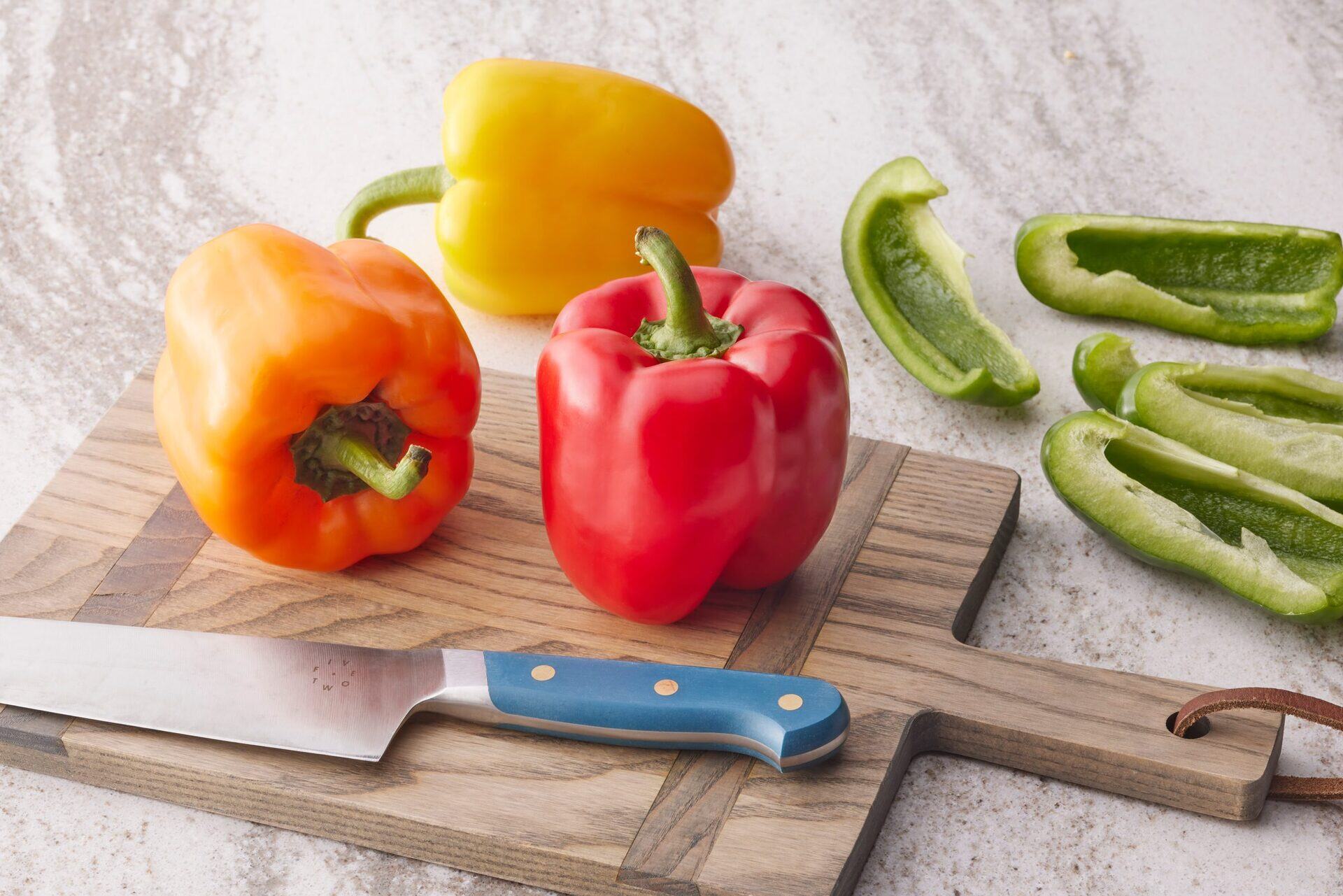
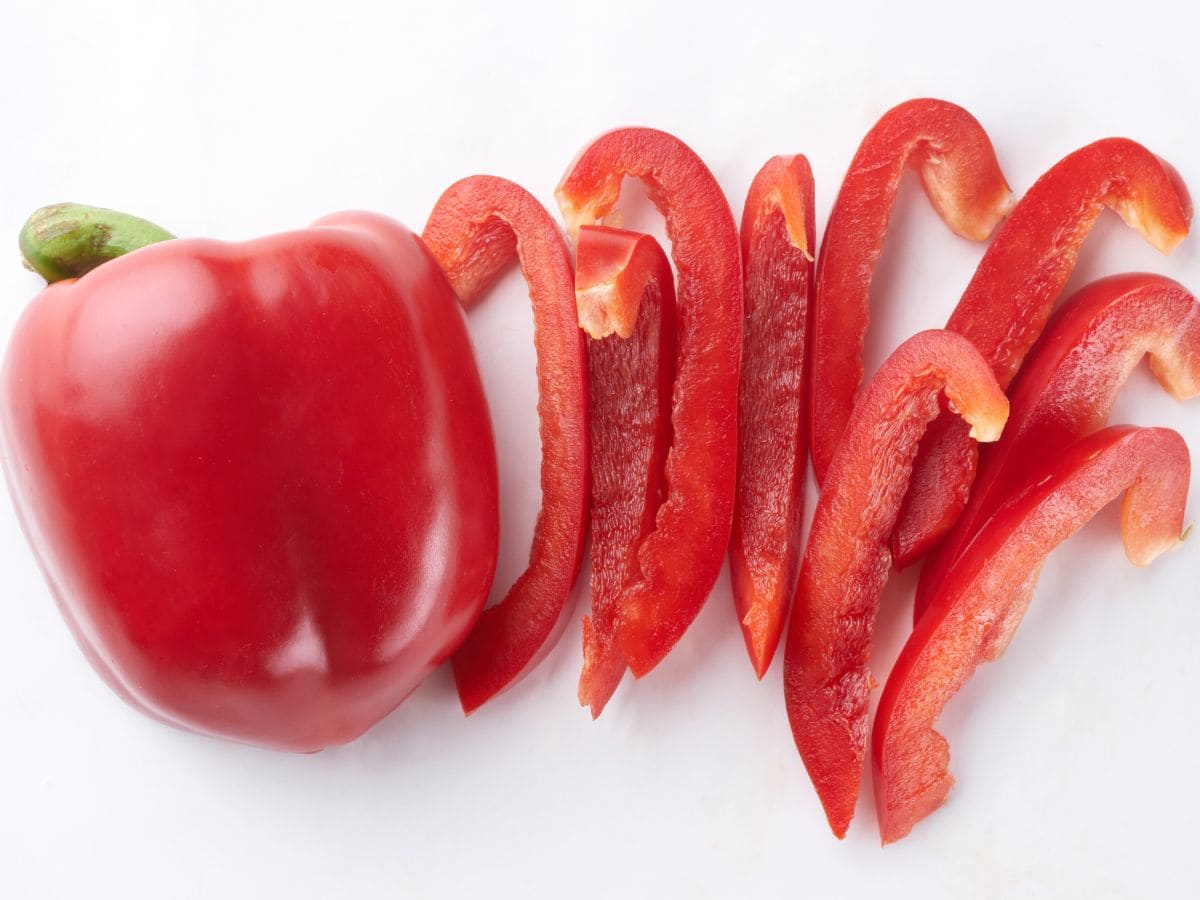
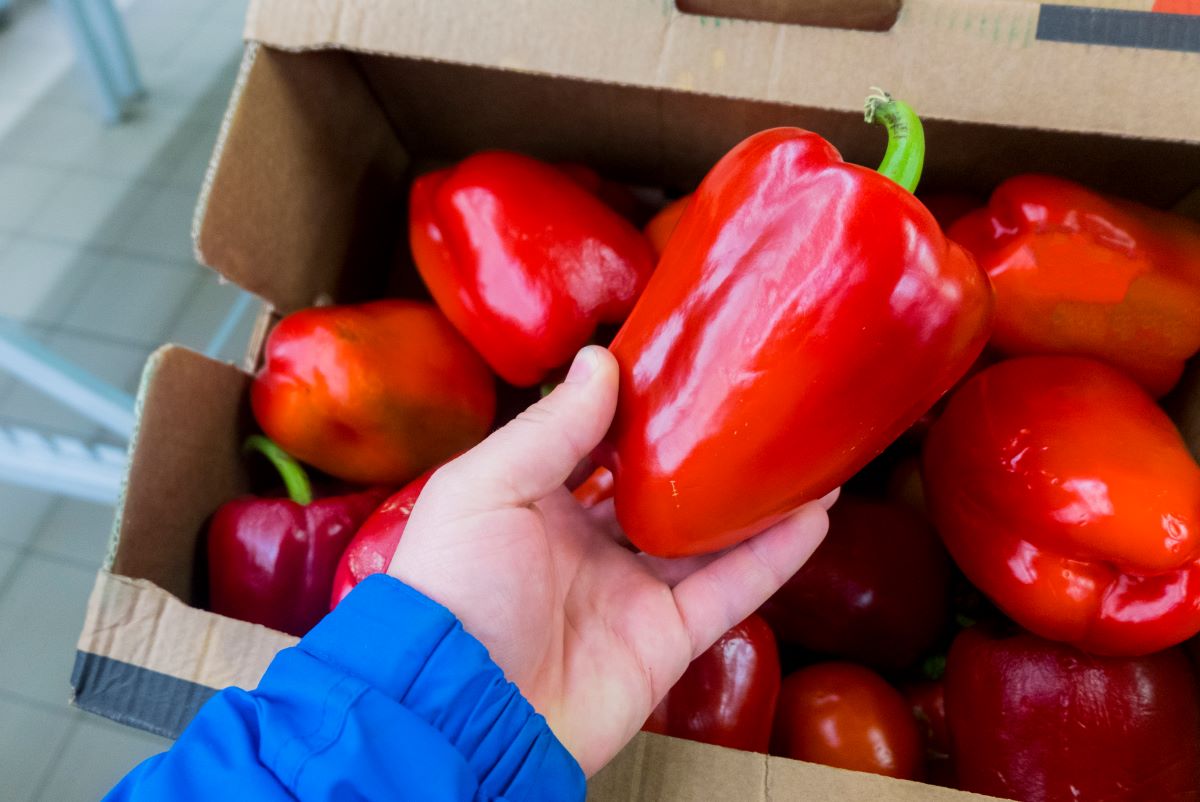
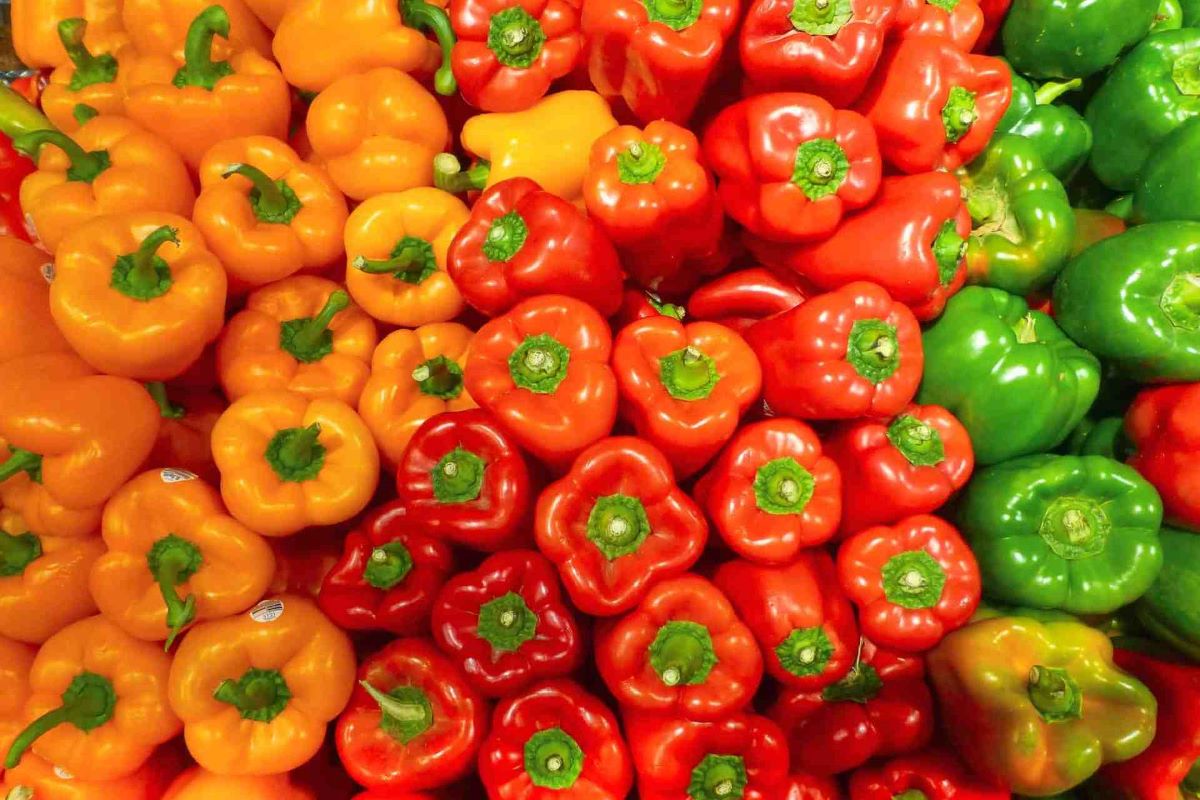
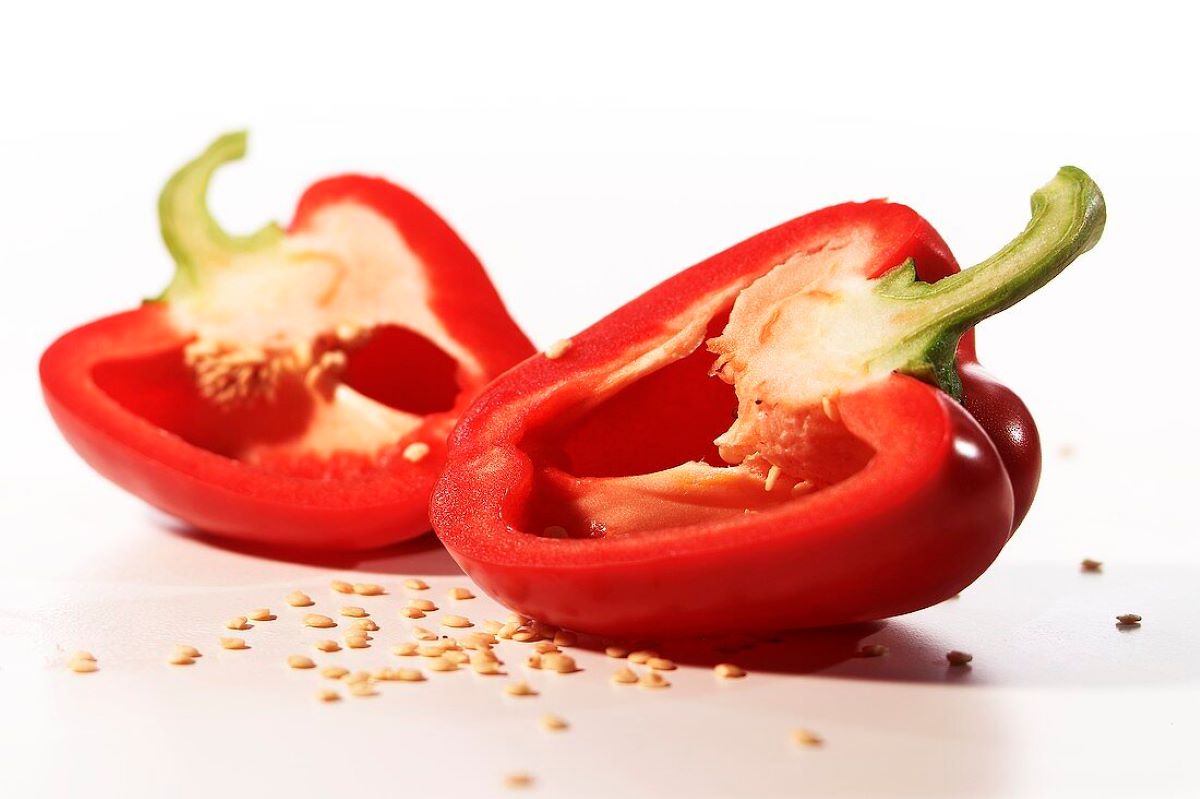
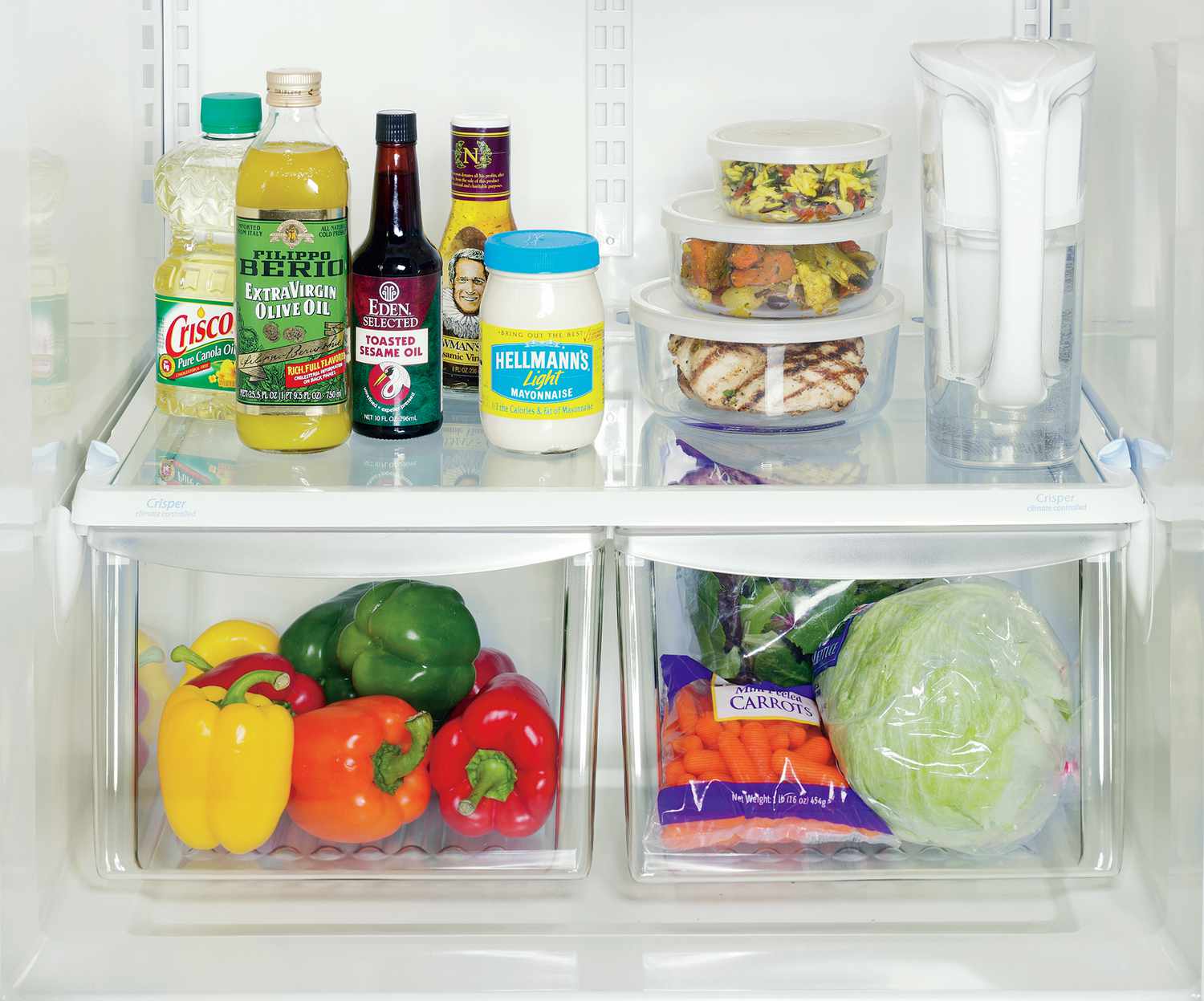
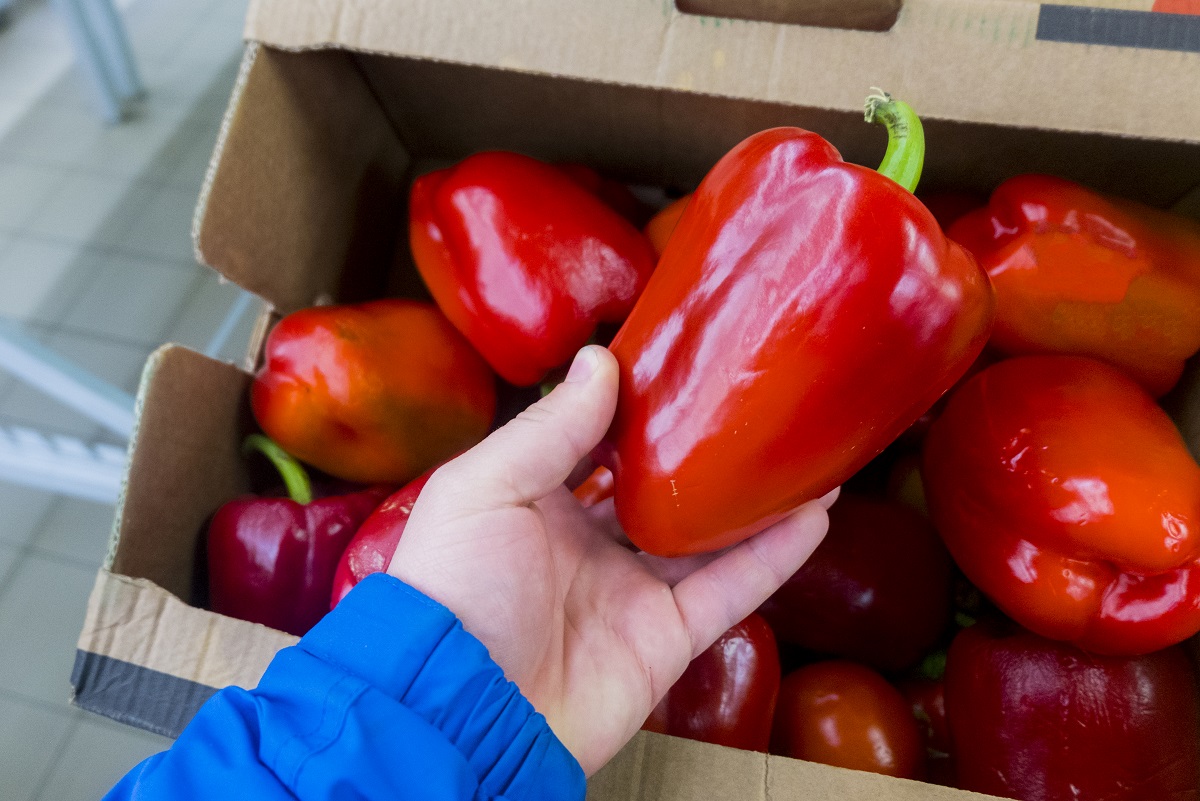
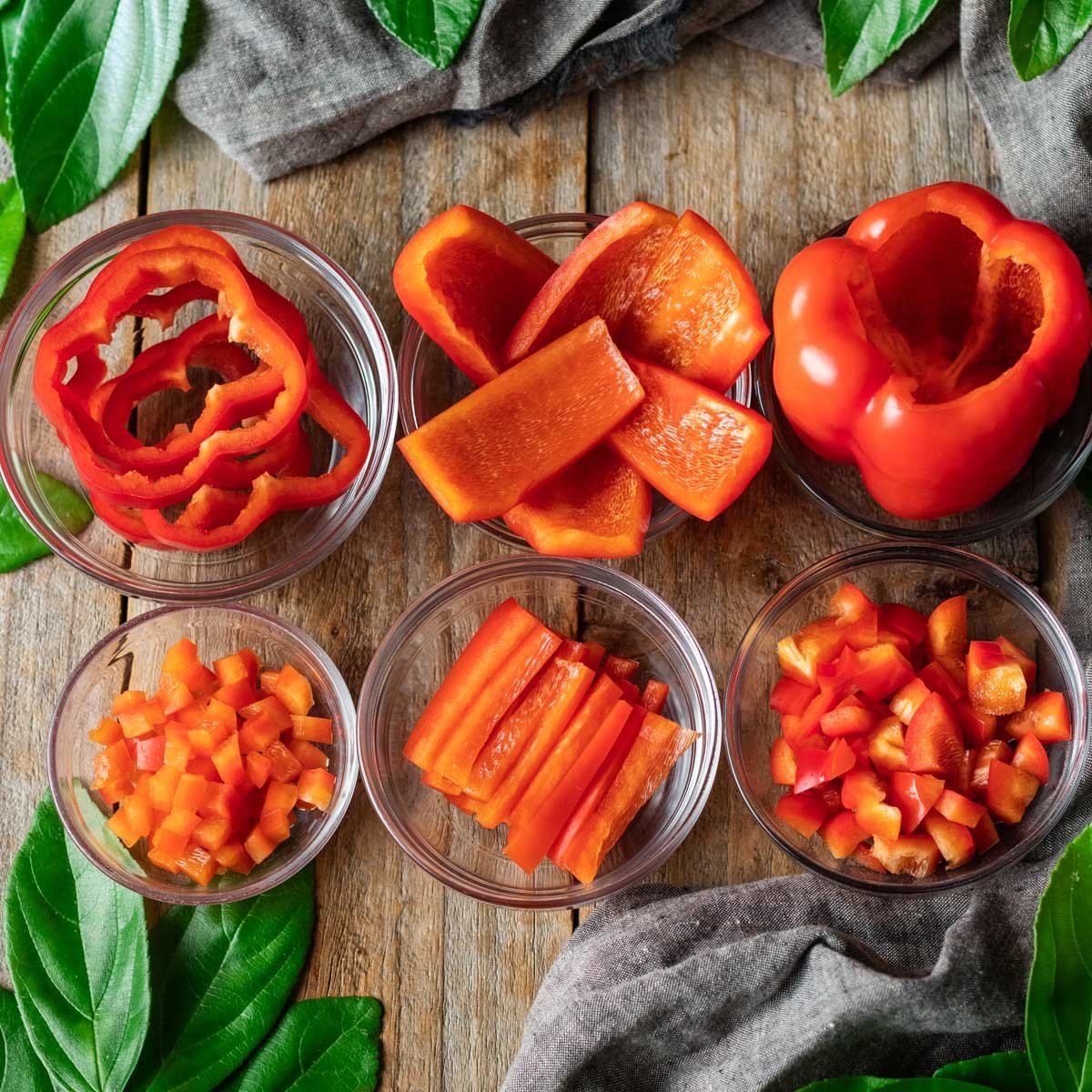
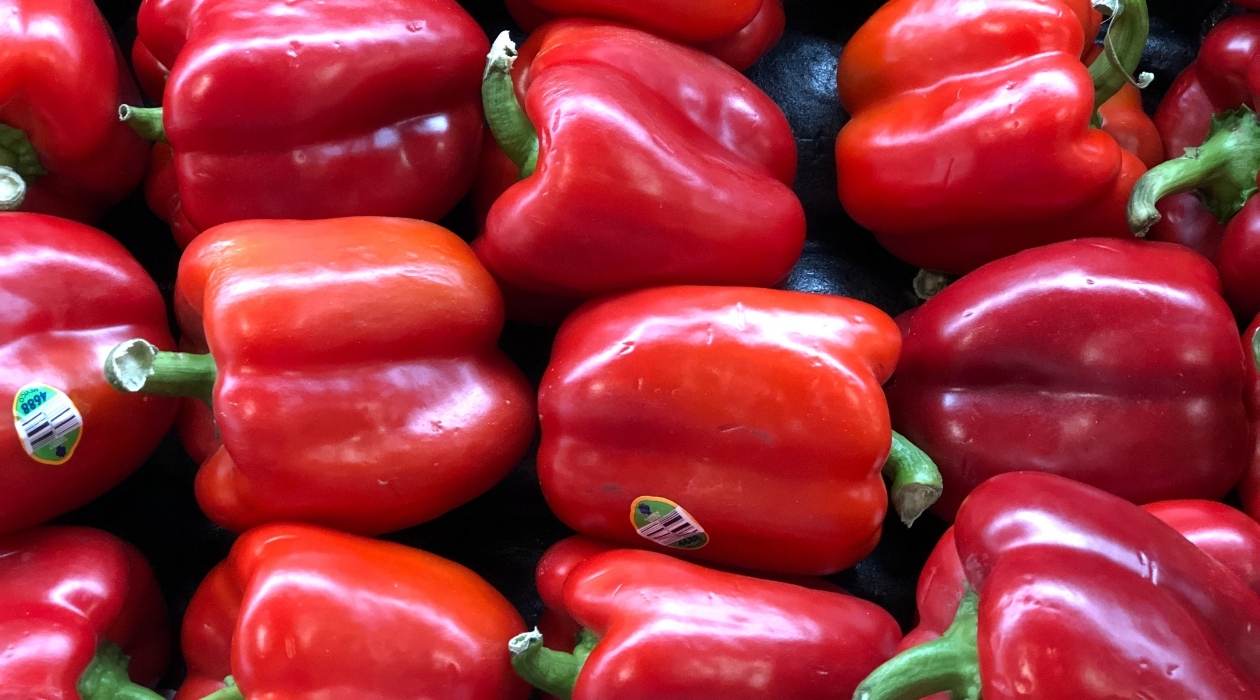
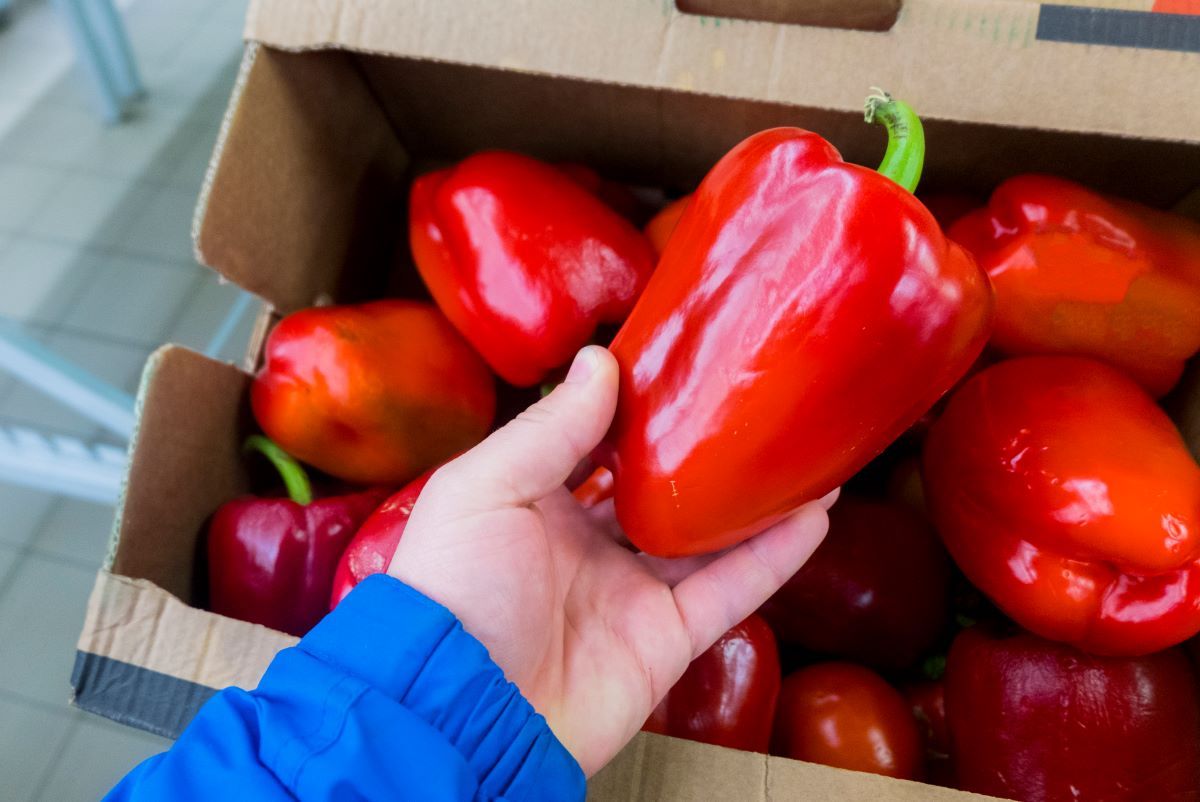
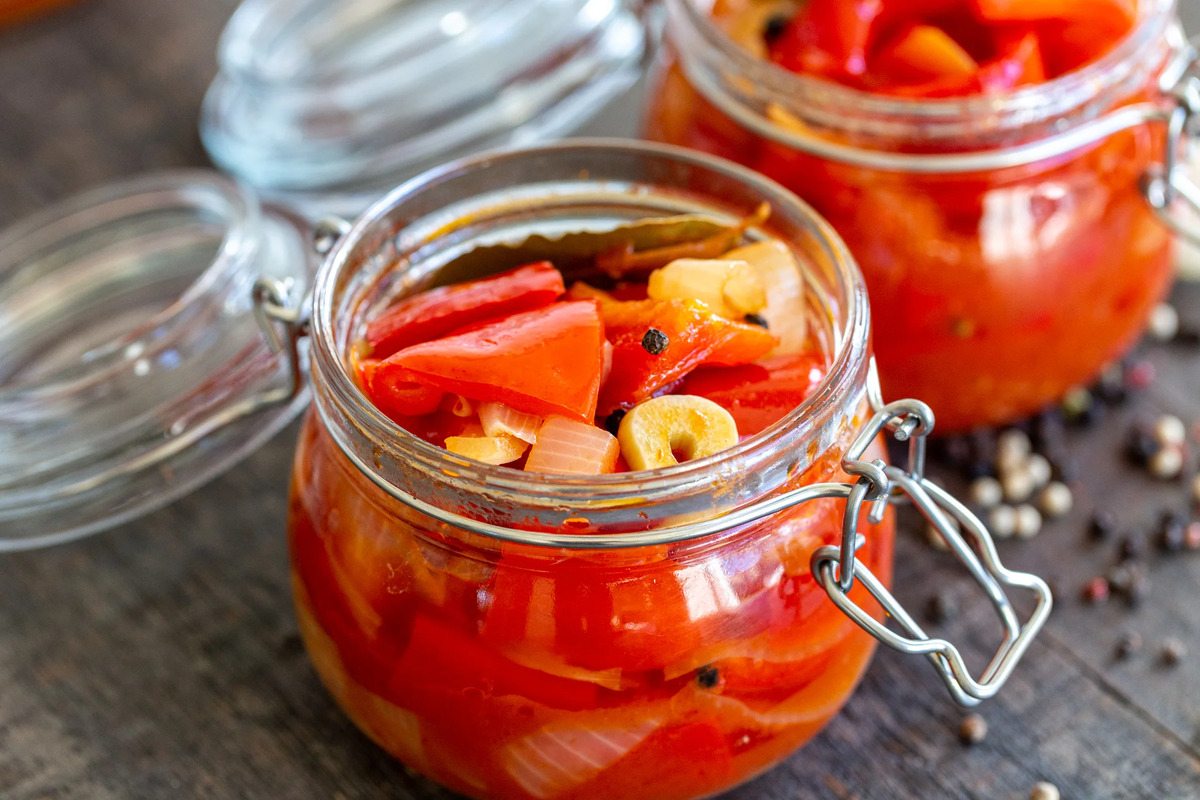
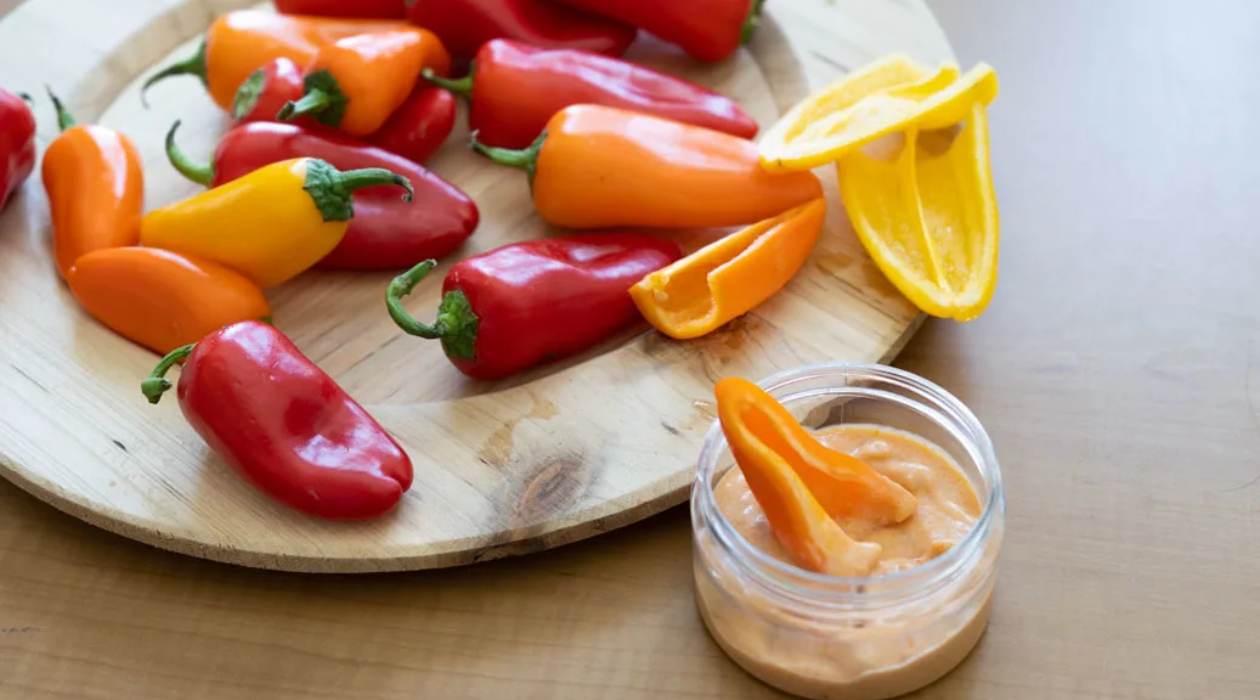
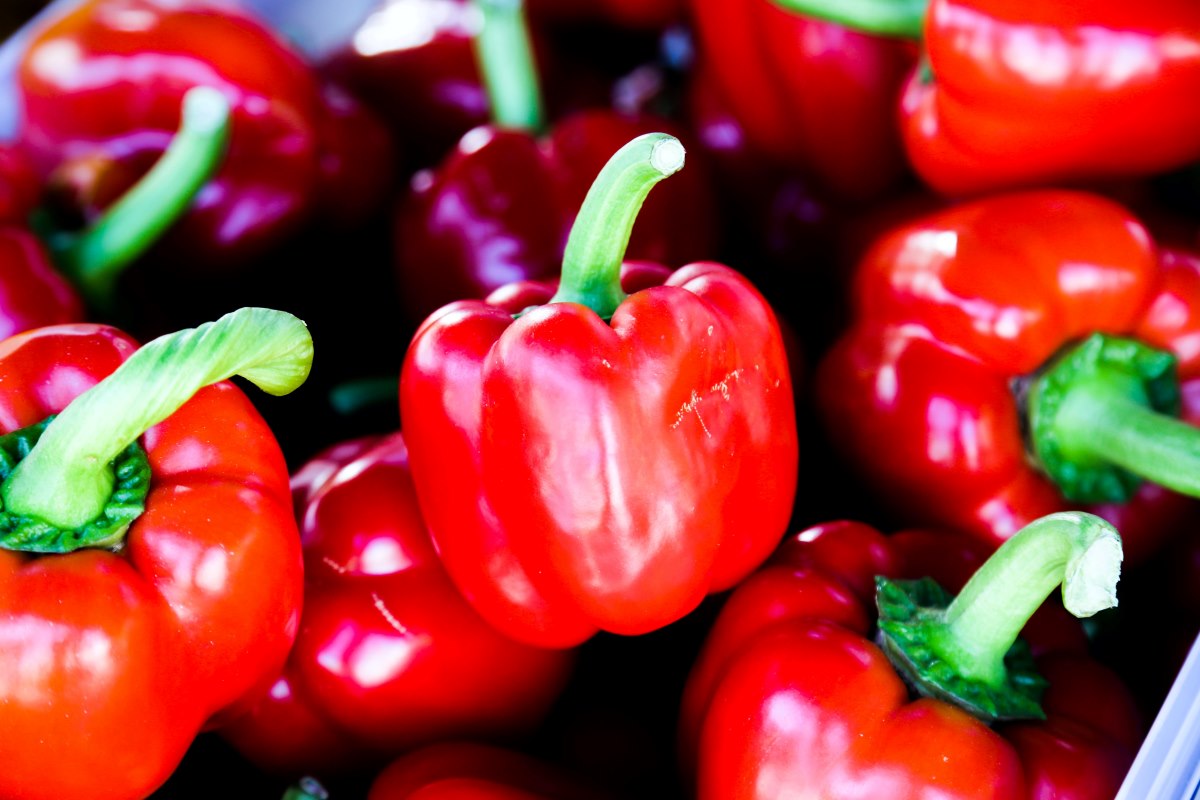
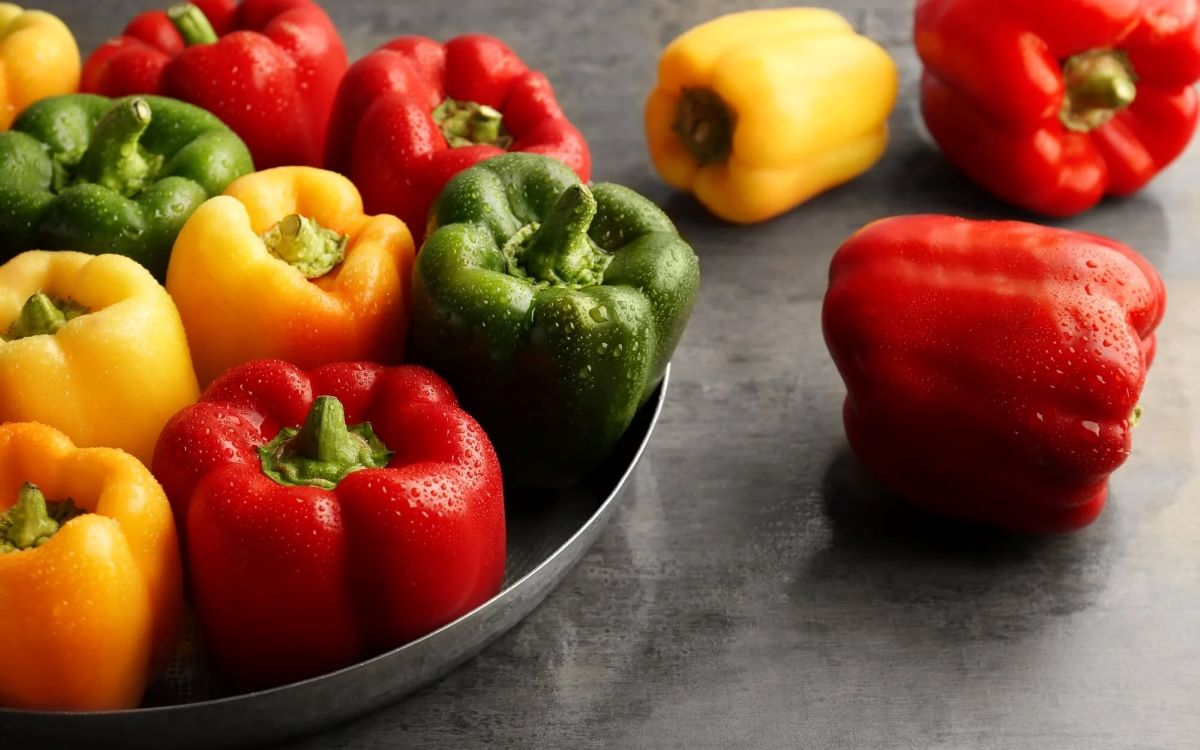

0 thoughts on “How To Store Cut Bell Peppers”